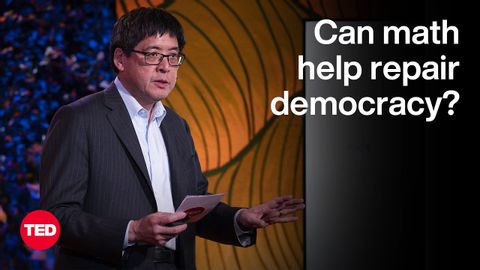數學能幫助修復民主嗎?| Sam Wang | TED (Can Math Help Repair Democracy? | Sam Wang | TED)
domingo 發佈於 2024 年 09 月 22 日  沒有此條件下的單字
沒有此條件下的單字US /fɔrs, fors/
・
UK /fɔ:s/
- n.軍隊;力;強迫;武力;影響力;力量;警力
- v.t.被迫;強行打開;催生
US /ˈdʒɛnərəl/
・
UK /'dʒenrəl/
- adj.一種常見的做法,整體;籠統的;廣泛適用的;總指揮的
- n. (c.)將軍
- n. (c./u.)大眾;一般研究領域
US /ɪkˈspɛrəmənt/
・
UK /ɪk'sperɪmənt/
- n. (c./u.)實驗;嘗試
- v.t./i.進行實驗;進行試驗
US /aɪˈdɛntəˌfaɪ/
・
UK /aɪ'dentɪfaɪ/
